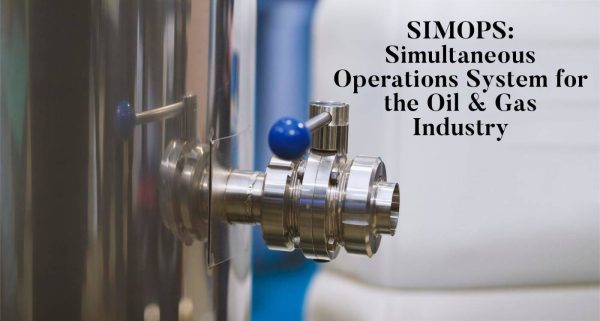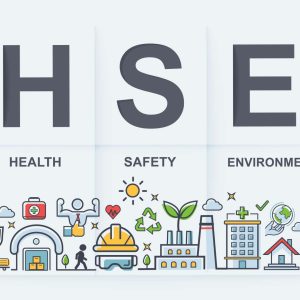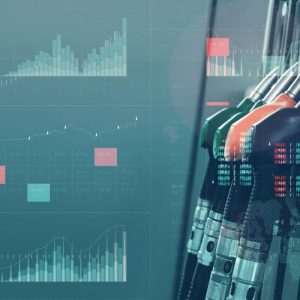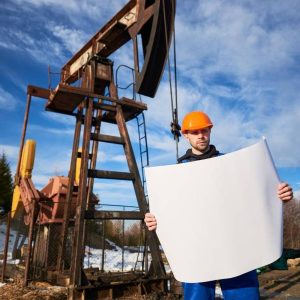Description
Course Summary
SIMOPS addresses the fact that there are inherent dangers involved in simultaneous operations that can cause detrimental issues for the environment, equipment and even personnel. SIMOPS is the management system for these complex situations whereby the hazards and risks are identified and mitigated for un the planning stage to ensure that when needed, multiple work activities can take place simultaneously. These issues can occur onshore or offshore in various locations, including subsea gas and oil production or on gas and oil marine terminals, especially during times of significant maintenance and expansion when the existing facility must remain live. SIMOPS must also be used when any onshore processing plant for gas and oil is being commissioned, constructed and during startup.
Delegates on this course will be given the opportunity to gain an understanding and also focus on the process of implementing plans under SIMOPS. This applies to those involved in offshore or onshore projects. Of course, if these plans and guidelines are not adhered to, the consequences are severe. They can even result in horrific injury or death, so anyone involved in the industry can benefit from attending this course.
Course Objectives
- To be able to show with SIMOPS the methodologies and what it entails
- To be able to demonstrate the SIMOPS management overview
- To be able to explain RASCI and why it is needed
- To be able to understand risk and hazard identification and implication
- To be able to describe the process of SIMOPS, including initiating planning and implementation
- To be able to understand the elements of MoC and change control in SIMOPS
- To be able to use the work permit system for SIMOPS
- To be able to demonstrate effective handling of SIMOPS simultaneous operations
- To be able to learn the skills of planning and organisation
- To be able to understand offshore and onshore operations
- To be able to understand the different roles and their responsibilities for all members of the team
- To be able to understand the guidelines and why they must be followed
- To be able to demonstrate the ability to adapt when situations change
Course Content & Outline
1- An Introduction to SIMOPS
- SIMOPS: definition and explanation
- Typical simultaneously accruing offshore activities
- The application and scope of SIMOPS
- What are the types of SIMOPS
- Avoiding accidents: communication and planning work identification
- How to organise meetings, field schedule, the flow of information and Gantt charts
- Stakeholders: projects, teams, operations, departments and construction maintenance
- Tracking and monitoring, and interface control documentation
- Commissioning and Start-up – management of change (MOC)
- Explosion protection, leaks and fires, the integration of HSE and SIMOPS
2- Control Work and Risk Management with SIMOPS
- A quantitative approach to identifying hazards and calculating risk
- The risk matrix and the methodology of risk assessment
- Offshore activities – the risks hazards, and consequences
- Technical and process safety management
- ALARP: Definitions and how to establish for maintenance operations
- The need to focus on high-risk areas: hot work and enclosed spaces
- Understanding the procedures and management system of permit to work (PTW) and ISSoW
- The three modes flowchart – SIMOPS management overview
3- SIMOPS: Operations Requirements
- Planning and initiating for SIMOPS
- What are the documentation requirements for SIMOPS
- Examples of bridging documents
- Getting authority for SIMOPS approval
- Developing SIMOPS
- SIMOPS: management review and auditing
- Permitted Operations: Preconditions and MoPO
- What are Site-Specific Procedures (SSP)
4- Responsibilities, Roles & Competence of SIMOPS
- SIMOPS: the Matrix of Responsible Personnel (RASCI)
- The role of the Site Project Manager
- Emergency Response Procedure (ERP) and the HSE Manager
- Defining the SIMOPS Operations Leader (SOL)
- Startup, Installation and Commissioning Manager
- Who is the Task Supervisor
- SIMOPS: execution and rollout
5- Oil & Gas Industry On-Shore SIMOPS
- Safety Related Operations and On-Shore Elements with SIMOPS
- Challenges of Storage Terminals and Onshore Process Plants
- Safety Issues at Gas Compressor Stations and Oil Pumping Stations
- Plants & Pipelines: Commissioning/Start-Up:SIMOPS in Construction
- Filling and Emptying Tanks: Oil & Gas Transfer
- Explosion/Leaks/Fire Protection
6- Oil & Gas Industry Off-Shore SIMOPS
- Marine Oil & Gas Terminals and SIMOPS
- Port Operations & Platform Operations and SIMOPS
- Floating and fixed units
- Gas train & oil train safety: topside facilities
- FPSO & TLP operations
- Ship DP Operations related to SIMOPS
- Environmental protections aspects regarding marine pollution accidents
- Piping systems hazards in subsea operations
Who is this training for?
- Plant Engineers and Project Engineers
- Operations Engineers
- Supervisors for Reliability and Integrity
- Engineers working in the safeguarding of processes
- Team Leaders
- Technical personnel who monitor and assess equipment
- Supervisors responsible for maintenance
- Those responsible for shutdown planning/implementation
- Asset Managers
- Field Engineers, CSRs, Construction Supervisors, Project Engineers
- Various Discipline Engineers (structural, piping, equipment, electrical, instrumentation)
- Pipeline Discipline Engineers
- Contract Administrators, Buyers and Procurement Executives
- Maintenance Engineers
- Managers and Executives new to Offshore Engineering Projects
- Cost Estimating, Project Control and Planning Engineers
- Other Engineers and technicians needing updates to current Oil and Gas industry experience or wanting to move to Offshore Field Development Projects
Training Methodology
Teaching takes place in a variety of settings, including face to face in a classroom environment. It will ensure that participants can expand their knowledge of the subject and increase their skillset. The course is delivered via various methods by a specialist tutor. This will include PowerPoint presentations, reviewing articles and other relevant materials, group or individual exercises and discussions. There may be some independent work set, and the course will involve a requirement to submit articles to demonstrate understanding and an end of course test. Note-taking is encouraged, and you are welcome to use electronic devices to do this.
The course manual will form part of the learning but give you references for the future. You are encouraged to ask questions and, if needed, spend time one to one with your tutor to go over any issues. During your time in the classroom, you will network with peers in similar roles.







